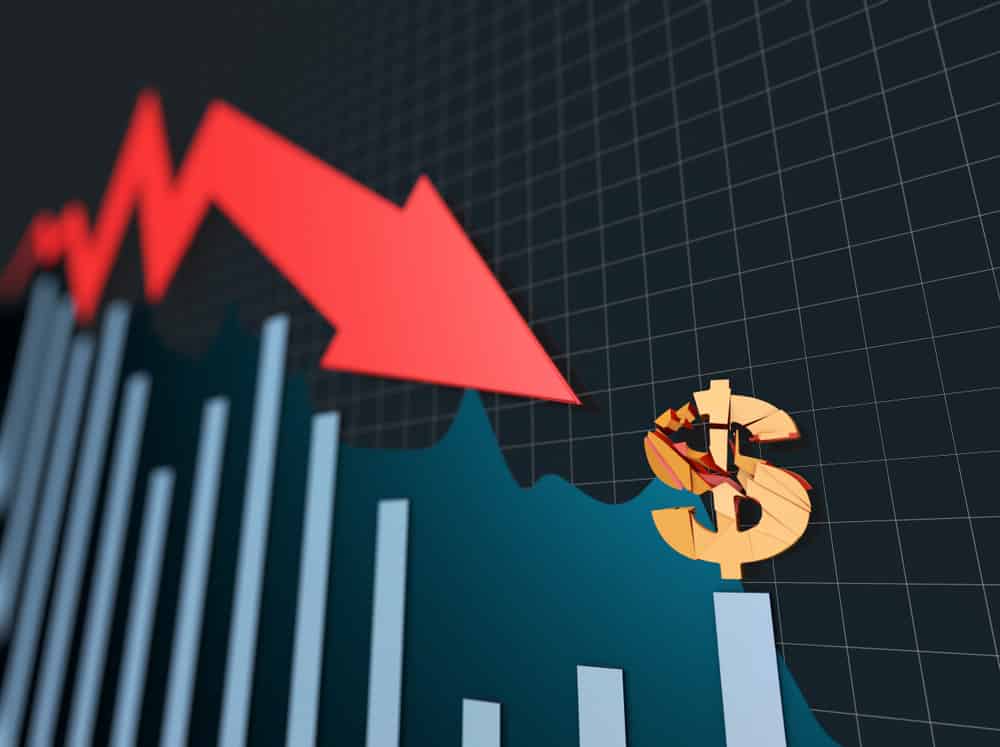
The US dollar continued its slide out of favour on Wednesday as traders began to move towards a more risk-friendly position in the wake of the pandemic’s apparent conclusion.
The Australian dollar, a currency which in recent days has risen to the top of the forex tree, was on Wednesday, now up to its highest point in five months.
It was spotted up by over a percentage point at one stage, reaching $0.6982.
This represented its best performance since the very start of January.
This was later reduced somewhat, though, on the news that the Australian economy actually shrunk over the course of Q1 of this year.
The Aussie is often used by traders as an example of a currency which falls when risk is off and rises when risk is on.
This is in part to do with the country’s trade and exporting links to China, and also its status as a commodity exporter.
The first point perhaps explained some of its rise on Wednesday after a survey in China showed that the services sector there was growing again.
This development could well be interpreted as a sign that economic growth is back on the agenda after a near-worldwide shutdown.
This development led the Chinese yuan to go up as well, although only by a negligible amount.
It has been at its best since mid-May at one stage, which was 7.1068 yuan per dollar.
This was, however, in the onshore trading sense – meaning the version of the currency that is traded among Chinese firms and individuals, and not the one that is more freely traded on the global markets.
There is some suggestion that China could lead the way when it comes to economic recovery, perhaps because it was the first country to experience the worst of the coronavirus.
While this may have set it back initially, it could now emerge as the first to recover given that it has been able to lower its lockdown levels.
In New Zealand, the dollar there was up to $0.6430 – which was its best since early March.
The dollar also did badly against a range of other currencies which during the lockdown period were not so positive.
Against British sterling, for example, the greenback was down to its worst position in a month.
It reached $1.2615 in this pair.
The dollar was also at almost its worst position in two months against the Swiss franc.
It was spotted at 0.9613 at one stage.
It was down against the Japanese yen, too.
In that pair it was seen at 108.47 yen.
The dollar is currently facing a double whammy of problems.
As well as the general move towards risk caused by the end of pandemic-related lockdowns, the dollar is also facing domestic problems.
The country has been besieged by protests relating to police brutality for days now, and some political turbulence may be on the cards – especially with a presidential election scheduled for November.
 Your capital is at risk
Your capital is at risk  73% of retail CFD accounts lose money
73% of retail CFD accounts lose money  Your capital is at risk
Your capital is at risk  Between 74-89% of CFD traders lose
Between 74-89% of CFD traders lose  77% of CFD traders lose
77% of CFD traders lose